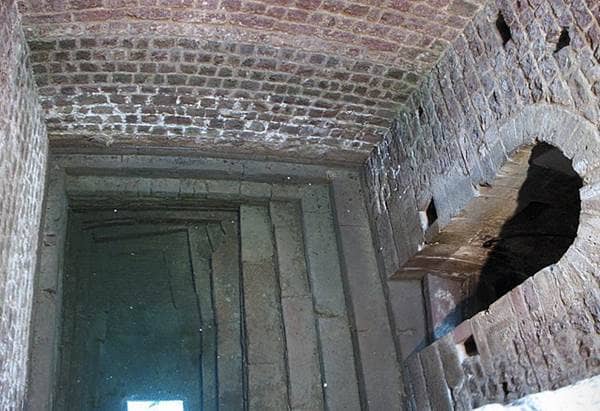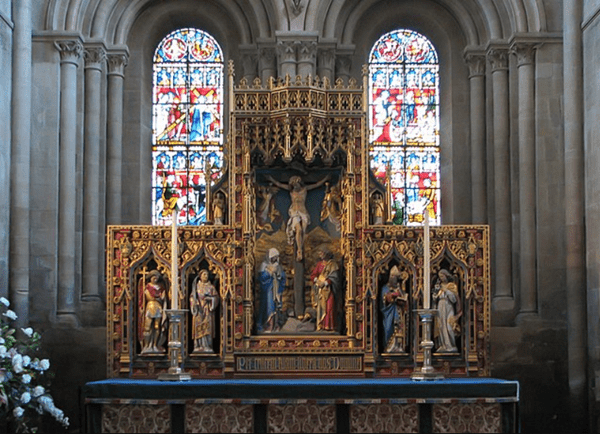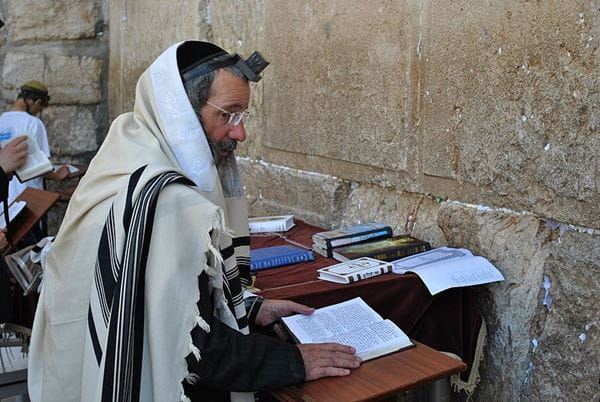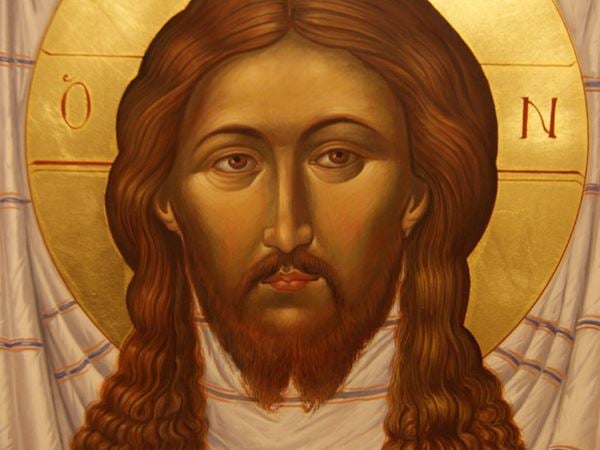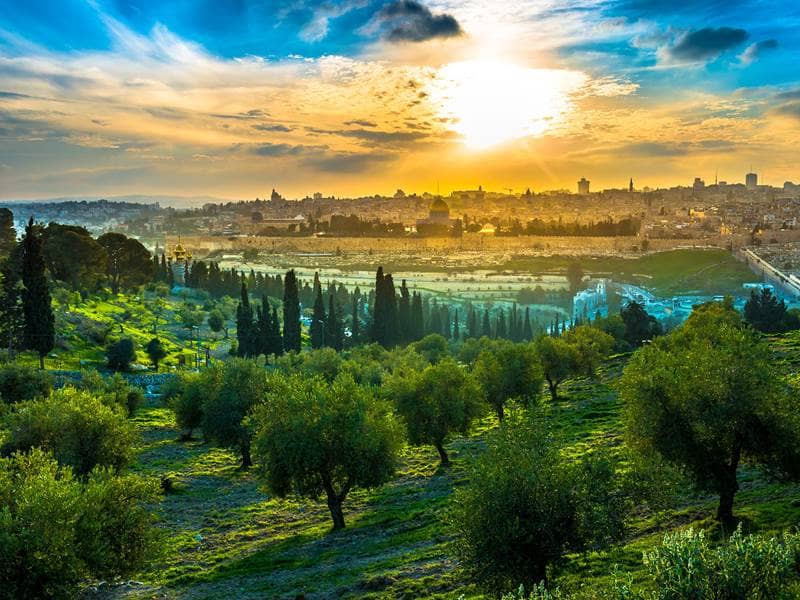
- Trending:
- Pope Francis
- |
- Resurrection
- |
- Trump
- |
- Social Justice
- |
- Peace
- |
- Love
The 100 Most Holy Places On Earth
The Mount of Olives

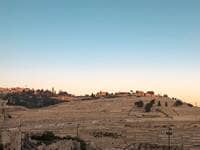
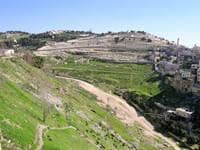
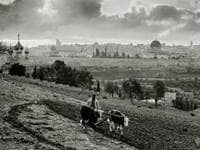
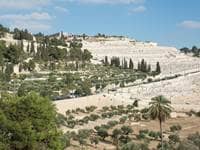
Also Known As:
Mount of Olives
Mount Olivet
Mount of Anointing
Associated Faiths:
Accessibility:
Open to visitors. Modest clothing required.
Annual visitors: estimated over 2,000,000 annual
History
The Mount of Olives is a ridge adjacent to and east of Jerusalem’s “Old City.” It rests between Mount Scopus (to its north) and the Mount of Corruption (to Olivet’s south). The Mount of Olives takes its name from the olive orchards that once covered the slope, and which still exist in smaller numbers today. It has long been considered a “sacred sight,” and not just for Christians. By the 6th century AD, there were twenty-four churches which had been built in various locations on the mount, and numerous monasteries as well. Because of the things which have already happen on the “mount,” and because of the things which will happen there, many Christians have sought a presence on this Holy Mount.
On the slope of the Mount of Olives are several important sites. Near the top is what has been the “official” cemetery of Jerusalem since the time of King David. Some of the most important citizens of Jerusalem—dating all the way back to Hebrew Bible times—are buried there. There are numerous Christian, Jewish, and Muslim graves on the mount—including those in the Jewish cemetery and others just outside of the Temple mount’s eastern retaining wall. This is due to the fact that, in many traditions, the Kidron Valley (which separates the Mount of Olives from the actual city of Jerusalem) is where “humanity will assemble to be judged by God.” Jews, Christians, and Muslims all have this sense in their various traditions. Thus, many have sought to be buried there in anticipation of the eschatological day.
Many Jews believe that the Messiah will enter Jerusalem through the Mount of Olives. After the creation of Jerusalem’s first Temple (known as Solomon’s Temple), the ritual of the Red Heifer (as described in the Hebrew Bible—Num.19:1-10) was celebrated on the Mount of Olives. According to the Mishnah, it was from the East Gate of the temple complex’s retaining wall that the procession (led by the High Priest) would cross the Kidron valley on a bridge or causeway (which no longer exists), climbing the summit of the Mount in order to make the animal sacrifice there.
The Garden of Gethsemane is at the base of the Mount of Olives. Not only did Jesus frequent that garden with his Apostles, but we know that the agony of His passion and ransom sacrifice began there—where his “sweat was as it were great drops of blood falling down to the ground.”
Because the site is one of shared significance for Jews, Christians, and Muslims, it has also been a place of controversy. At one point, the Jordanian government prevented Jews and non-Jewish Israeli citizens from visiting the site. The Jewish cemetery has constantly been desecrated, with headstones defaced, graves plowed up, and even a parking lot and gas station being constructed over some of the graves.
Religious Significance
While Jews and Muslims largely hold the Mount of Olives as sacred for the events they perceive as happening there in the last days, Christian tie much of the sanctity of the site to events in the life of Jesus—events which specifically took place on Mount Olivet. The number of those significant events are too numerous to mention here, but among them are the following.
All four gospels mention Christ’s time in the Garden of Gethsemane on the night of His arrest. Luke suggests that Jesus’ redemptive suffering on behalf of humankind began in Gethsemane (on the lower slope of the Mount). In antiquity, the Mount of Olives was sometimes called the “Mount of Anointing.” For Christians, this is the place that Jesus retreated to as He began creating the symbolic “ointment” which would heal the wounds of each of our souls. Thus, this site is sacred for its salvific place in God’s plan for the redemption of all of His creations, according to Christian thinking.
Another reason why Christians see Mount Olivet as “sacred space” is because of the struggle Jesus undertook therein. As He prayed, the Christian scriptures attest to His pain, is struggle, His earnestness in seeking God’s will and God’s aid during this, His greatest hour of darkness. Thus, for Christians, the Mount of Olives is a testament to the work and struggle prayer is designed to be.
Of course, any plot of land that Jesus traversed is considered sacred by practicing Christians. One thing which sets the Mount of Olives apart as “more holy” than other places is that Jesus prayed there, but he also received “strength” from an angel which appeared to Him there. Thus, it is a place of angelic appearance, hallowed by both the totally submissive praying Christ and the angelic ministrant visiting God’s Son in His hour of need.
While the Mount is the site of Judas’ betrayal of Jesus, and His subsequent arrest, it is also the spot from which He ascended into heaven after his post-resurrection forty-day ministry. It was the site of the conduit into heaven, as it were, through which Jesus returned to His Father after He had completed is mission upon this earth. Thus, the holy mountain is a reminder to believers that “this same Jesus which [was] taken up from you into heaven, shall so come in like manner” in the coming day.
For these and so many other reasons, the Mount of Olives and its various special places of pilgrimage are sacred space—particularly to Christians, but (for other reasons) to Jews and Muslims. Events central to all three traditions have happened here. And the mount serves as a sort of perch from which one can view the most sacred Jerusalem sites of each of the three Abrahamic traditions. Thus, millions flock to this part of the Holy Land each year.


